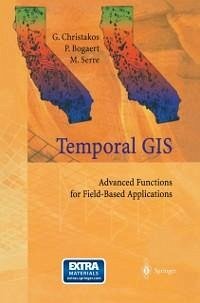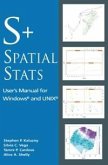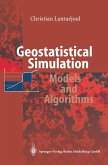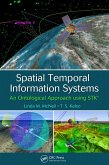The book focuses on the development of advanced functions for field-based temporal geographical information systems (TGIS). These fields describe natural, epidemiological, economical, and social phenomena distributed across space and time. The book is organized around four main themes: "Concepts, mathematical tools, computer programs, and applications". Chapters I and II review the conceptual framework of the modern TGIS and introduce the fundamental ideas of spatiotemporal modelling. Chapter III discusses issues of knowledge synthesis and integration. Chapter IV presents state-of-the-art mathematical tools of spatiotemporal mapping. Links between existing TGIS techniques and the modern Bayesian maximum entropy (BME) method offer significant improvements in the advanced TGIS functions. Comparisons are made between the proposed functions and various other techniques (e.g., Kriging, and Kalman-Bucy filters). Chapter V analyzes the interpretive features of the advanced TGIS functions, establishing correspondence between the natural system and the formal mathematics which describe it. In Chapters IV and V one can also find interesting extensions of TGIS functions (e.g., non-Bayesian connectives and Fisher information measures). Chapters VI and VII familiarize the reader with the TGIS toolbox and the associated library of comprehensive computer programs. Chapter VIII discusses important applications of TGIS in the context of scientific hypothesis testing, explanation, and decision making.
Dieser Download kann aus rechtlichen Gründen nur mit Rechnungsadresse in A, B, BG, CY, CZ, D, DK, EW, E, FIN, F, GR, HR, H, IRL, I, LT, L, LR, M, NL, PL, P, R, S, SLO, SK ausgeliefert werden.









